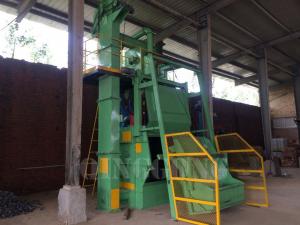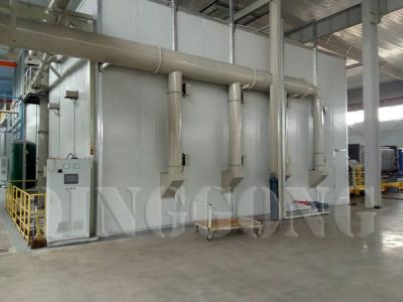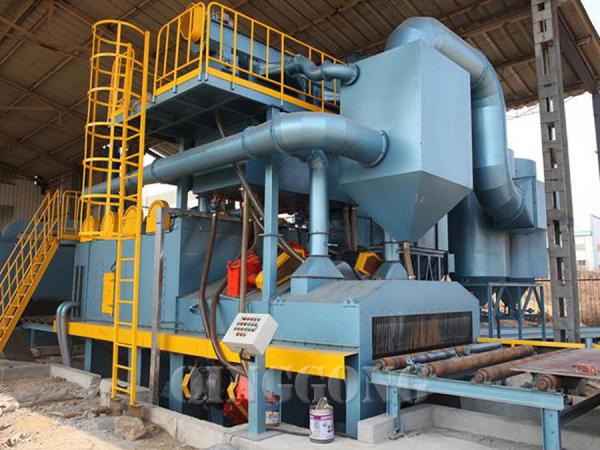The shot blasting machine is common mechanical equipment, which is commonly designed and used in this industry. How to design a sandblasting room has become an important issue. QINGDAO QINGGONG SETH MACHINERY CO., LTD will talk about the design process of the sandblasting room from this aspect.
Sandblasting already existed when people could polish objects with materials such as quartz. The idea is very simple, and with the advent of air compressors, the sandblasting industry was born. The sandblasting room is the core of any modern sandblasting system. In order to have a controlled clean environment and efficiently recover abrasive, it is necessary to surround the working environment.
The design criteria for a properly sized sandblasting room system include the size of the largest workpiece, the weight of the largest workpiece, the material treatment, the hours of sandblasting per day, and the basic material of the workpiece. Each element needs to be taken into account to finalize the construction of the sandblasting room.
The largest workpiece size will determine the size of the sandblasting room. The width of the room is determined by adding four to five steps on each side of the workpiece. This space is necessary for sandblasting workers to carry out sandblasting operations from different angles.
The height of the sandblasting room is also determined by the height of the workpiece, and the material treatment also must be considered. For example, if an operation vehicle on track is a material treatment process, then the height of the operation vehicle must be considered to ensure that there is an appropriate air gap on the roof of the sandblasting room. Similarly, a four to a five-foot blank area with seven feet high is required if the operators need to walk on top of the workpiece (such as on a railroad car) while sandblasting.
The length of the sandblasting room is determined by adding a space about four to five steps at each end of the workpiece for the operators.
The sandblasting room ventilation can be accomplished by three different airflow design methods. The three ways are ventilation under the sandblasting room, end - center ventilation of the sandblasting room, and staggered ventilation of the sandblasting room. The ventilation speed of each sandblasting room is determined by the abrasive and method used in the sandblasting room.
The most common and economical ventilation method for the sandblasting room is staggering ventilation. Basically, the dimension calculation of the duster is determined by the formula: room width*height*cross-sectional air velocity (FPM) = cubic foot. Note: the cross-sectional airflow velocity usually adopts 50 FPM steel sand abrasive and 60 FPM non-ferrous mineral abrasive. For example, for a 16*16*60 foot dedusting room using steel sand abrasives, the calculation method is as follows: 16*16 feet*50 feet = 12800 cubic feet, so a room with an airflow rate of 50 FPM is required.
The recovery system adds additional aerial dust catching plant in the range of 500 to 1200 cubic feet; therefore, the dust catching plant should be (12800 cubic feet + 500 cubic feet) a total of 13300 cubic feet.
When choosing a suitable sandblasting room, it is very important to observe the whole range of parts during sandblasting.
 EN
EN
 fr
fr  de
de  es
es  it
it  ru
ru  pt
pt  ar
ar  th
th  pl
pl  ro
ro 


